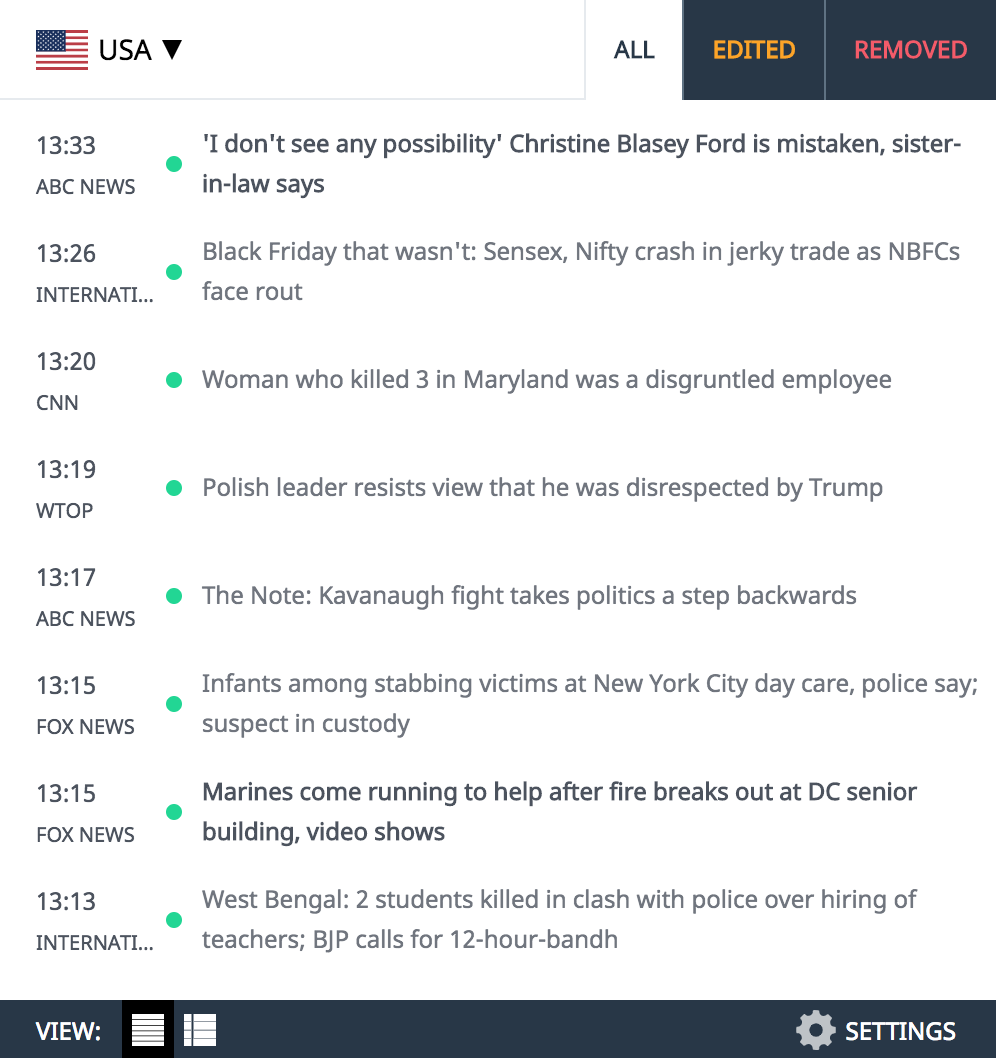Opinion: New immigrants stuck in regulatory quagmires and small businesses burdened by overly complicated language and long forms are two examples of frustrating red tape.

A colleague, teasing me about my passion for improving the regulatory system in Canada, once gave me a bumper sticker that read: “I made red tape sexy.” Much to my husband’s relief, I have yet to put it on our car. Instead, from my bookshelf, it serves as a reminder of my aspiration to give regulation the spotlight it deserves given it affects everything from the money we make to the safety and environmental protections we enjoy. The federal government alone oversees over 75,000 regulatory restrictions, according to the Mercatus Center at George Mason University.
Article content
Fortunately, I’m not alone in my passion for improving Canada’s regulatory system and I currently chair a committee of six Canadians — the External Advisory Committee for Regulatory Competitiveness (EACRC) — tasked with giving the federal government advice on regulatory competitiveness. Our first advice letter was just made public, and its three broad themes deserve the spotlight.
Article content
The committee heard from one presenter who said Canada’s regulatory system should be thought of as an “asset.” This resonated as “good government” is a core Canadian value. After some deliberation about how to describe an overarching vision that would serve Canadians well, we landed on regulatory excellence.
Regulatory excellence means households can trust Canadian products and services, businesses are confident about investing and regulators are constantly striving to make compliance as easy as possible for all who interact with the system. At its simplest, it is about maintaining appropriate standards of protection while minimizing compliance burdens and improving our quality of life.
By signing up you consent to receive the above newsletter from Postmedia Network Inc.
Thanks for signing up!
A welcome email is on its way. If you don't see it, please check your junk folder.
The next issue of Informed Opinion will soon be in your inbox.
Article content
Article content
This could be a key strategic advantage for Canada and a core contributor to our well-being. It should be a priority across government.
A good example of regulatory excellence is how desirable our agriculture products from blueberries to salmon are in markets around the world because they come from a country known for safe food and high environmental standards.
Other examples we heard show considerable work to be done. We heard from new immigrants stuck in regulatory quagmires, such as needing Canadian experience to get licensed while requiring a licence to get Canadian experience. We heard that small businesses are frustrated by overly complicated language and long forms. We heard from larger businesses who are losing confidence that decisions can be made in a timely and reasonable way.
And then there were the people it was harder to hear from. What is the perspective of those with lower incomes or disabilities or substance abuse challenges? Many told us they had never been asked for their perspective on government rules.
This brings us to a second theme of the letter: the need to modernize regulatory engagement and make it easier for people to give the government feedback. Cost, time, and technology can all be barriers. We were encouraged to hear some departments, like Health Canada, are experimenting and learning about how to better engage using lived and living experience forums. Nova Scotia just streamlined a form patients needed for income support, saving patients frustration and doctors an estimated 6,000 hours a year or the equivalent of 18,000 patient visits.
Article content
Our third recommendation is to equip Canada’s regulators to be world class.
Harvard Professor Malcom Sparrow talks about “the regulatory craft” — the art of defining important problems, evaluating whether regulation is the right solution, and knowing which regulatory tools are best suited to solve identified problems.
Our regulators deserve core training so they can hone their craft and excel at using risk-informed approaches and technology, including AI, to reduce burdens and improve outcomes. In addition to core learning, there should be an investment in opportunities for regulators to continuously learn by staying in conversation with other regulators, academics, and those they regulate. Continuous learning, including mentorship, could make public sector regulatory jobs more attractive at a time when turnover is a challenge, and reduce frustration in the private sector around dealing with newer regulators who lack the experience to deal with more complex situations.
The letter from the External Advisory Committee for Regulatory Competitiveness contributes advice that pushes the country to aim higher. Focusing on regulatory excellence has the potential to improve our well-being in numerous ways. We could have more investment in projects that create jobs and generate tax revenue to support health care and affordable housing. We could have less frustration with red tape, bringing down our collective blood pressure. We could free up time for regulators and those they regulate. Does more doctor time sound good? And we could feel proud that we are committed to delivering on the Canadian value of “good government.”
I will, however, stop short of saying there is much potential to make regulation “sexy.” That remains aspirational.
Laura Jones is the president and CEO of the Business Council of British Columbia and chair of the External Advisory Committee on Regulatory Competitiveness (EACRC).
The EACRC letter advice letter can be found here.
Article content


